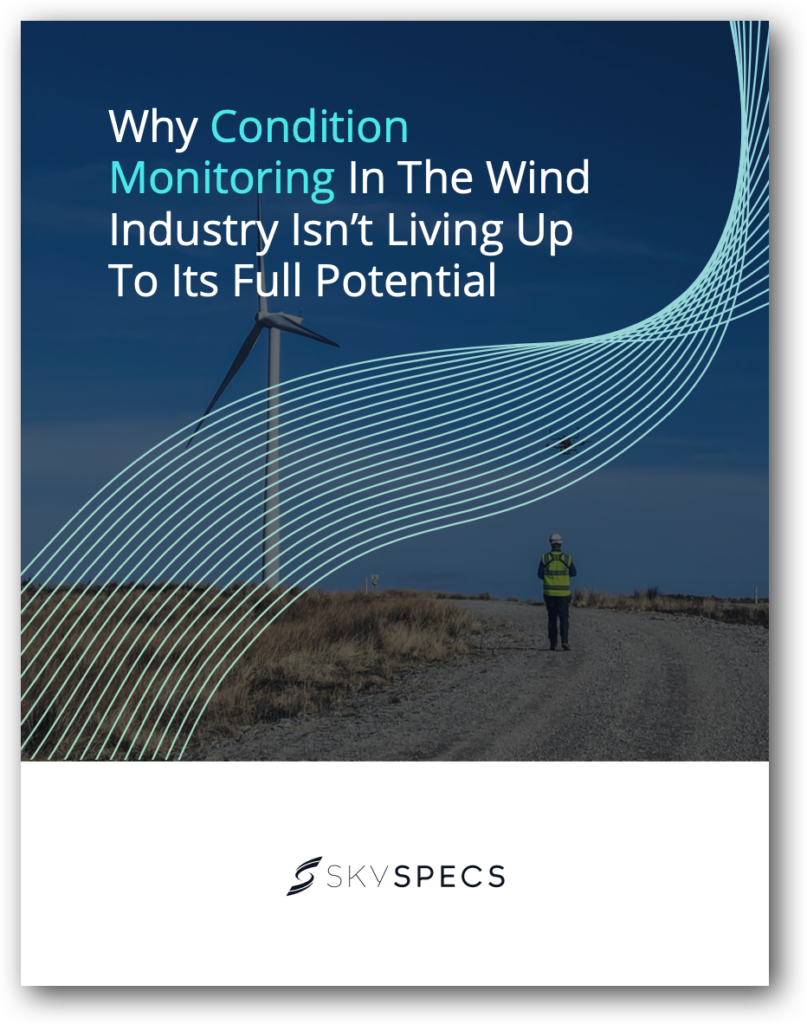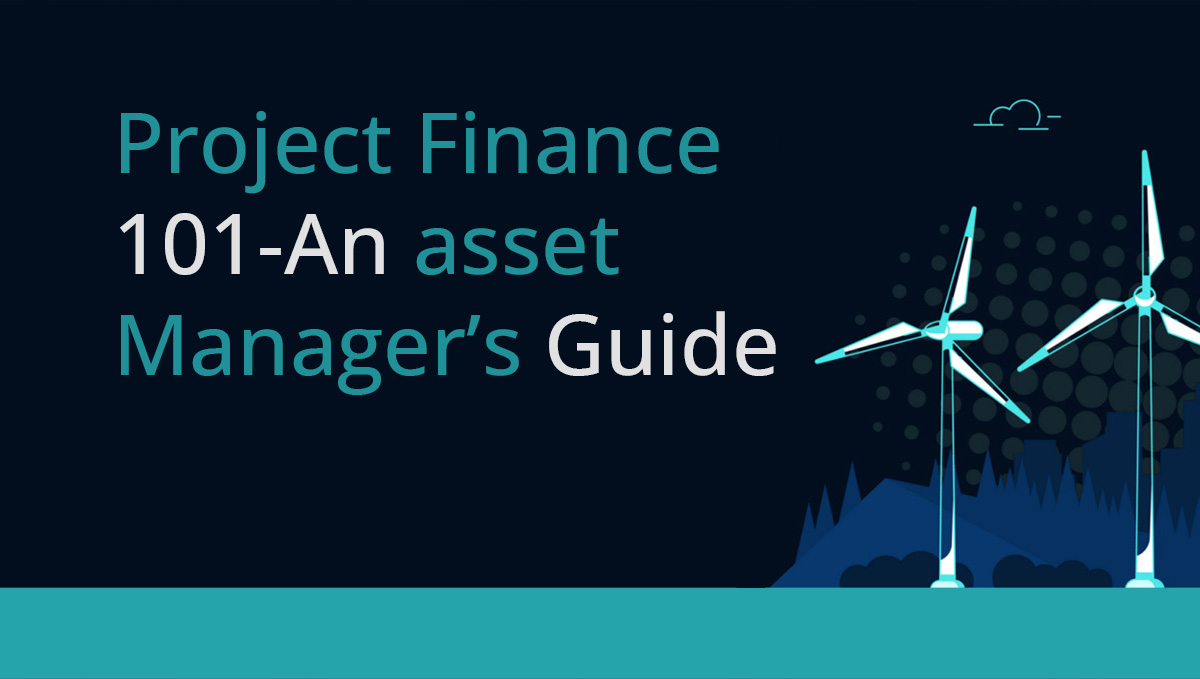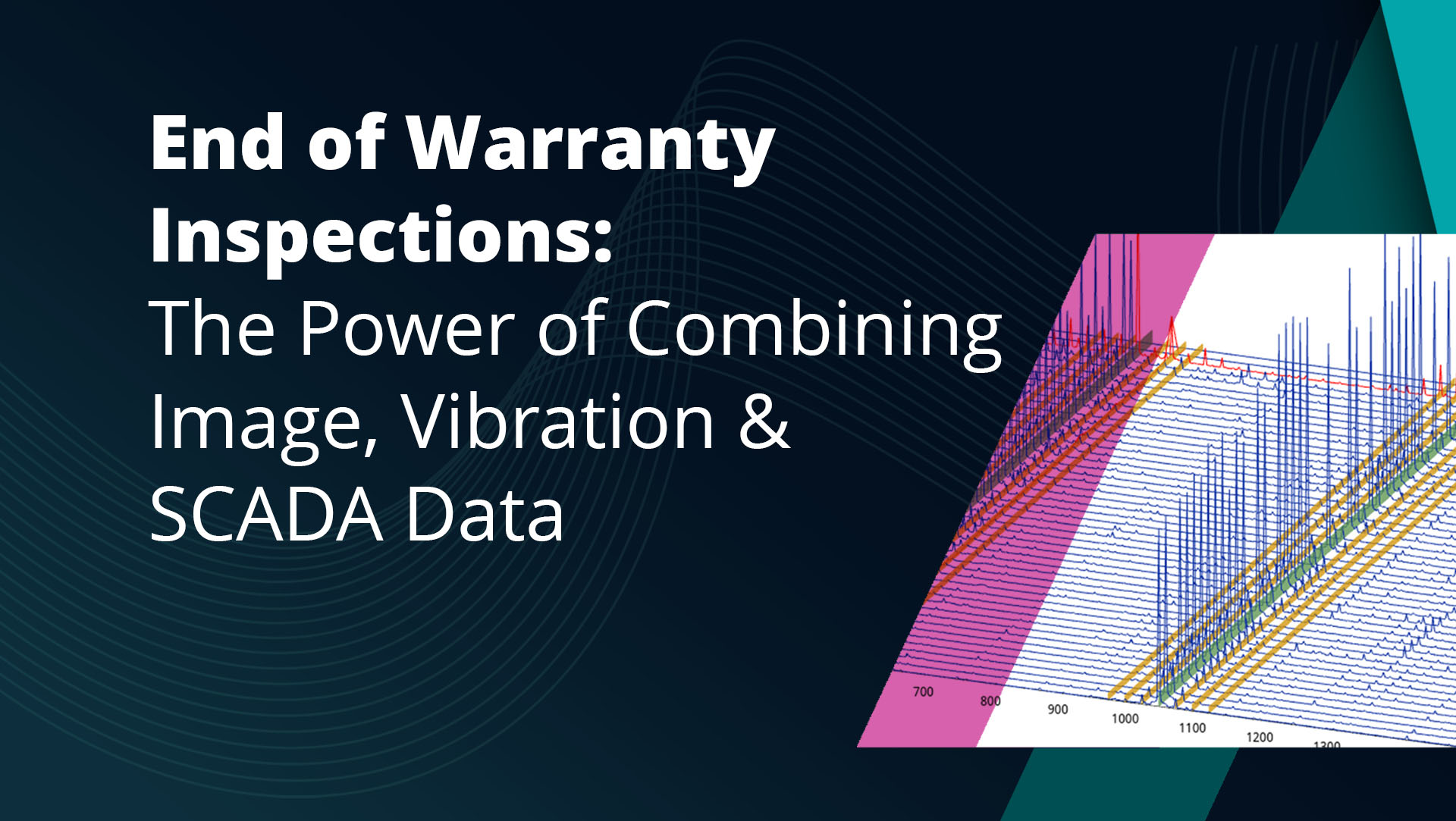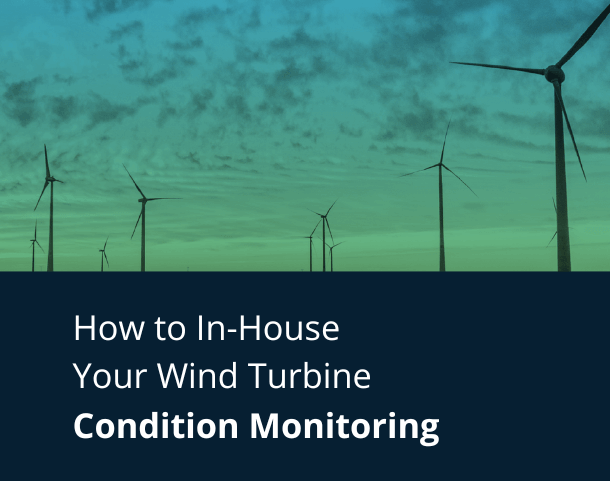Wind energy is currently ranked as the third-largest electricity generation capacity in the U.S, trailing behind natural gas-fired generators and coal-fired generators. In order for the wind energy sector to be seen as a serious competitor and viable alternative to fossil fuels, the industry has to adopt new technologies and data sharing practices. Sounds simple, right?
But here’s the catch – currently, most Original Equipment Manufacturers (OEMs) in the renewable energy sector restrict access to necessary data. In fact, of the top 12 Condition Monitoring System (CMS) hardware providers, only one gives wind turbine owners and operators full CMS data access.

These restrictions are arguably working against the global green agenda and hindering technical progress by limiting access to a wide range of data relating to turbine performance, including SCADA data and alarm codes, CMS data, oil and grease data, and inspection and RCA reports, and gearbox kinematics (source 1).
Think of it like this – imagine you just bought a brand new Volkswagen (VW), but one that you can’t drive yourself. Instead, you have a driver from VW who takes you around town and reports back on how the car is handling Michigan’s bumpy roads. And when the car needs servicing, you’re stuck taking it to an expensive VW garage and relying on the word of your driver. When we buy a new car, we don’t expect these sorts of limitations, but this is very much the traditional business model of the wind industry and it reflects on OEMs’ stance on data access.
Moreover, even if the data is accessible, there’s still a lack of industry-wide standardization and consistency. For example, when we mark damages on a turbine blade and categorize them in our cloud-based system, there’s no industry standard for how to rate those damages based on severity. Imagine how hard it is to deliver on projects when everyone has a different organizational system and way of categorizing data. Due to these inconsistencies, issues with turbine maintenance logs or alarm system data can make it almost impossible to identify historical periods of faulty operation.
But why? Is it simply because wind power is a new up and coming industry? The major reason why there have been no universal standards for data access or file formats is a result of vendor silos. The industry has been commercialized over time, bundling pricing of sensor hardware, data, and software, creating these silos. That’s why sensor data streams from multibrand fleets aren’t unified and why operators don’t control system/alarm configurations in the way they need to be more efficient.
On the positive side, the demand to streamline operations is growing larger. But there’s no need to reinvent the wheel.
If we can leverage knowledge from already successful sectors such as the rail, aviation and shipping industries, we could reduce wind turbine operational costs by nearly one fifth! (source 1).
Within the aviation industry, data is a collaborative effort. While it belongs to the asset owners, “all parties have a stake in its fair usage.” The result? An influx of new tools that can help predict maintenance needs, which have driven down operational costs and increased aircraft up-time.
How does this factor into the wind energy sector? By removing the limitations on data sharing, owners and operators will be able to access more detailed insights into their tools, leading to better asset management, long-term O&M planning, and enhanced strategic maintenance.
For example, we know that most major wind turbine failures can be detected between 3-6 months before they need repairs. By utilizing data insights, an operator can not only manage their performance, but also optimize maintenance needs and planning (well in advance). A study found that “as well as improving profitability, better data access can increase overall asset value by up to 12%.” Ultimately, access to reliable data cuts down-time for a turbine fleet and allows owners to generate more power and revenue (source 1).
Now that we know the impact it can have, we have to talk about how we can get it in the public’s hands. The UK innovation hub Offshore Renewable Energy (ORE) launched the SPARTA platform in 2014, centralizing 94% of their offshore wind data. By collecting anonymized data, a greater level of detail can be shared across the industry.
“Operators supply anonymised data on turbine health to the platform and are able to compare asset reliability against the wider industry as well as against specific models of turbine and major components. Participants can use WinNER for O&M budget projections, and OEM/supplier quality assessments.” – Raja Pulikollu, Principal Technical Lead in the EPRI’s Wind Power R&D Program
But that’s not all – data sharing would also drive the development and application of Artificial Intelligence (AI), Big Data, and machine learning to help improve turbine performance and accelerate the global initiative to reach net-zero emissions by 2050. As we’ve seen in various industries, AI is the technology of the future. By adopting AI-based methods, we can begin to make the wind energy sector even more sustainable, reliable, and profitable.
Related Blog: Using Robotics and AI to Optimize Wind Operations and Maintenance
Wind power offers huge potential for investors looking to gain exposure to this industry. There are plenty of opportunities to get in on the ground floor of clean energy. “Investments can span from wind-farm operators, utility companies, ETFs, green bonds, manufacturers of turbines, towers, electronic controls, and other integral components.”
But the only investments that can be successful are ones that have the right tools. That’s why it’s crucial for operators to discuss full data access in their initial negotiations with OEMs. There is a future of our industry where operators will be able to access, analyze, and synthesize data across all their assets so they can make smarter decisions about everything from maintenance and production to risk and capital. By empowering owners and operators with more insight into their tools, we can reduce operational expenditure across an entire wind portfolio and revolutionize how the wind energy sector works.
“Greater sharing of operations and maintenance (O&M) data could benefit the entire supply chain, from research and development (R&D) through O&M and lifetime extension. Benchmarking of O&M data can lead to better equipment selection or improved designs, as well as a raft of operational savings.” – Reuters
While the wind energy industry has several long-standing challenges when it comes to data access, the looming spectre of the climate crisis and the growing global desire for clean, renewable energy, is pushing for answers. And it all starts with access to centralized data. Discover SkySpecs’ AI-based solutions.
Source 1 – Full Access to CMS Data Prevented by Majority of Top Hardware Providers – ONYX InSight, published by POWER AND ENERGY SOLUTIONS










